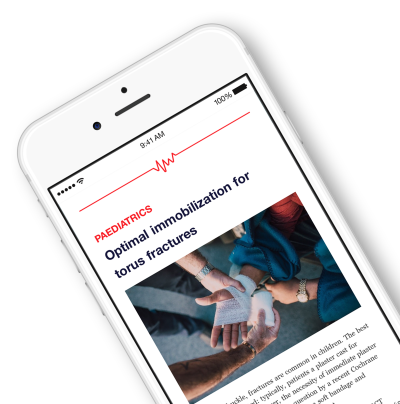
APTA: Manual therapy in the treatment of patients with cervicogenic cephalic syndrome .
The effects of manual therapy on cervicogenic cephalic syndrome: a systematic review
7 studies (6 randomized controlled trials, 1 repeated measures design) investigating the clinical efficacy of manual therapy in the treatment of cervicogenic cephalic syndrome were included in this systematic review. The purpose of this study was to determine whether manual therapy can significantly reduce the intensity, severity and duration of dizziness and headaches experienced in this patient population. The results of this systematic review indicated that, among the 7 included high-quality studies, manual therapy was found to be clinically efficacious in 85% of them.
Unlock the Full ACE Report
You have access to 4 more FREE articles this month.
Click below to unlock and view this ACE Reports
Unlock Now
Critical appraisals of the latest, high-impact randomized controlled trials and systematic reviews in orthopaedics
Access to OrthoEvidence podcast content, including collaborations with the Journal of Bone and Joint Surgery, interviews with internationally recognized surgeons, and roundtable discussions on orthopaedic news and topics
Subscription to The Pulse, a twice-weekly evidence-based newsletter designed to help you make better clinical decisions
Exclusive access to original content articles, including in-house systematic reviews, and articles on health research methods and hot orthopaedic topics































































